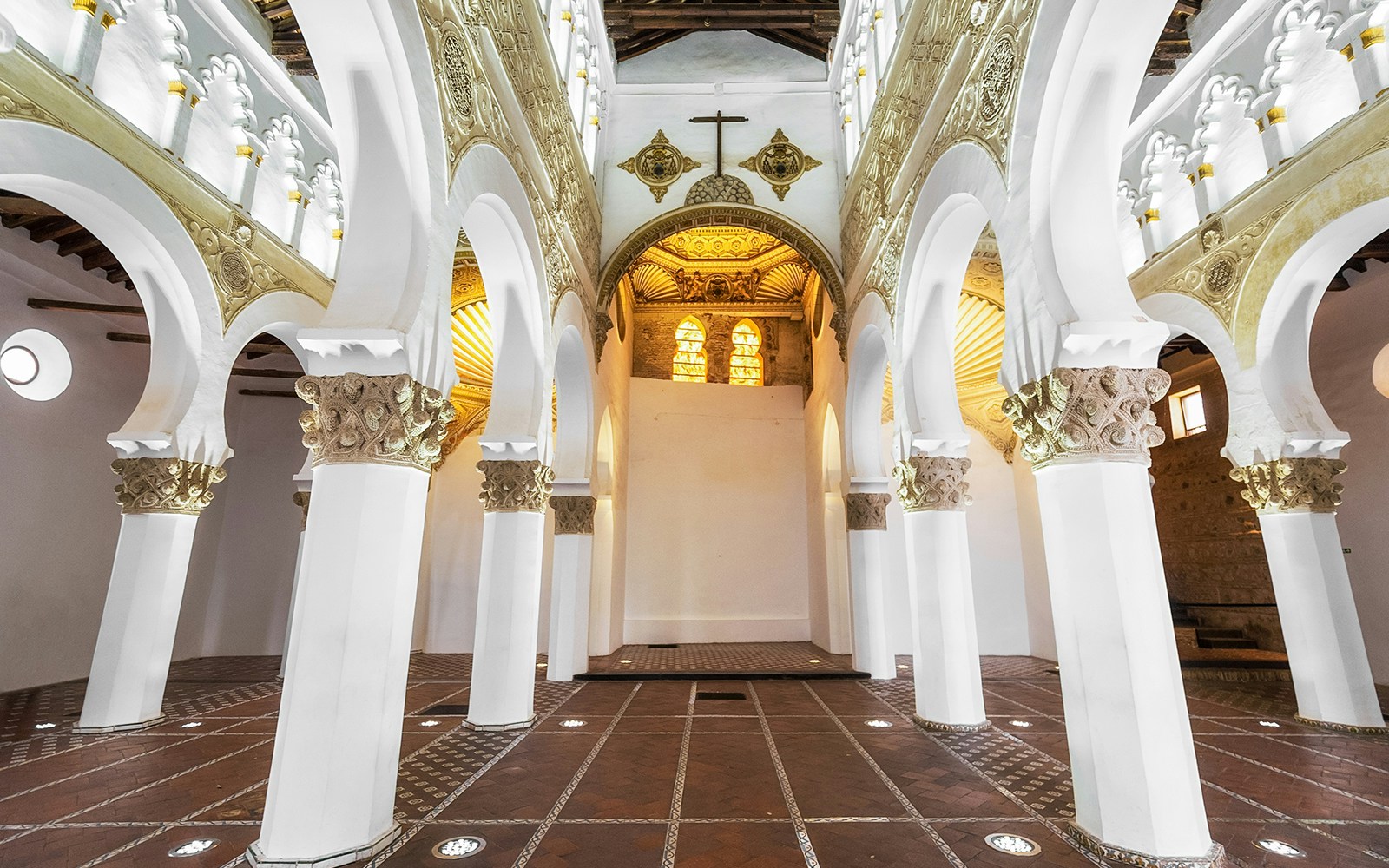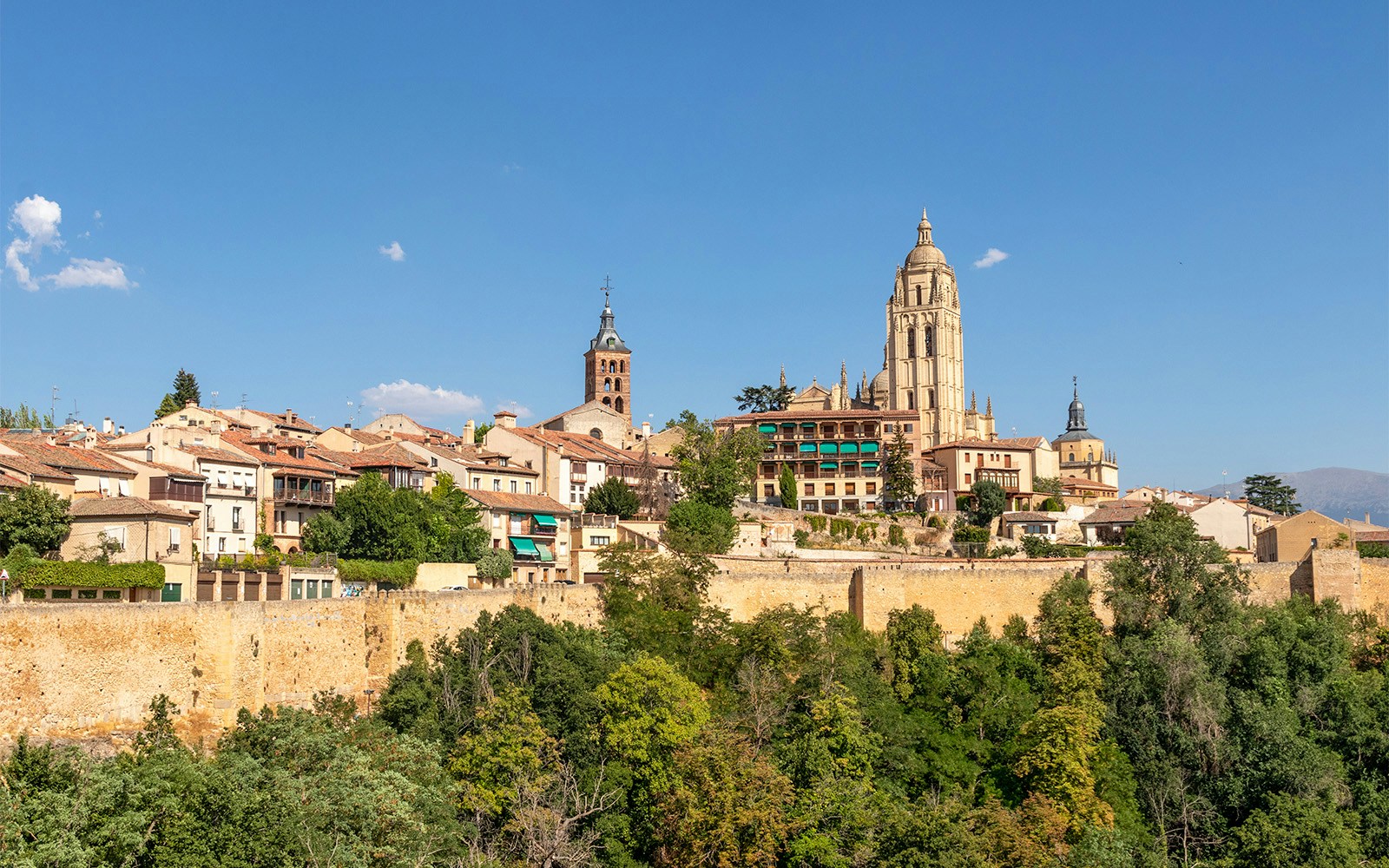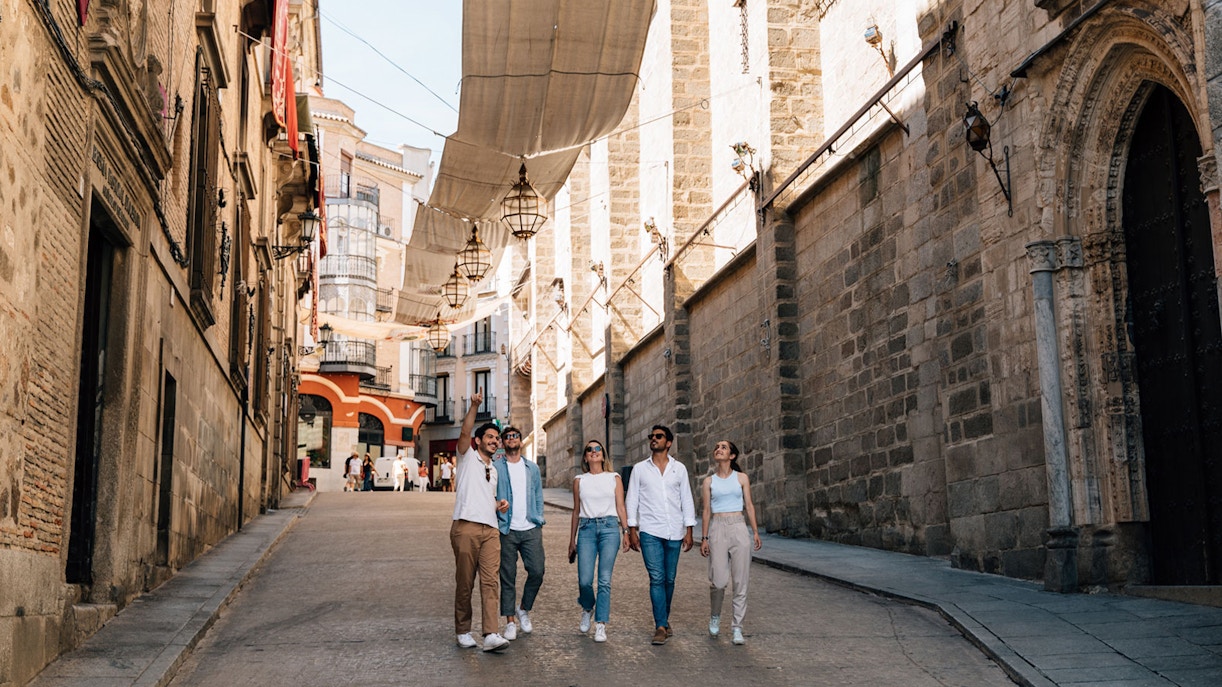Santa María la Blanca was originally built around 1180 as a synagogue by Jewish craftsmen under Christian rule. Its construction reflects a period of relative coexistence in medieval Toledo, where Muslim, Christian, and Jewish communities cohabited.
A brief history of Santa María la Blanca

Built in the 12th Century as a Synagogue

Converted into a Church in the 15th Century








